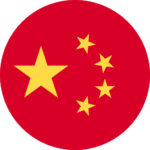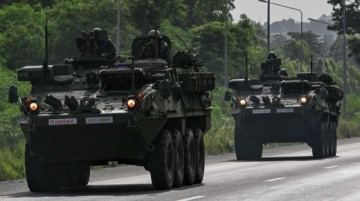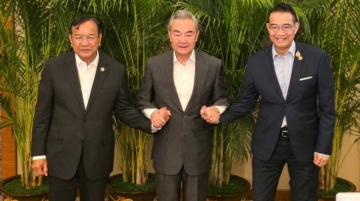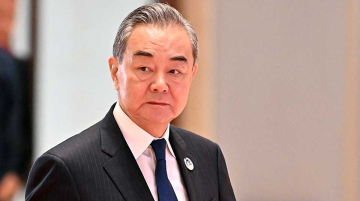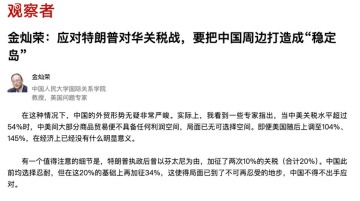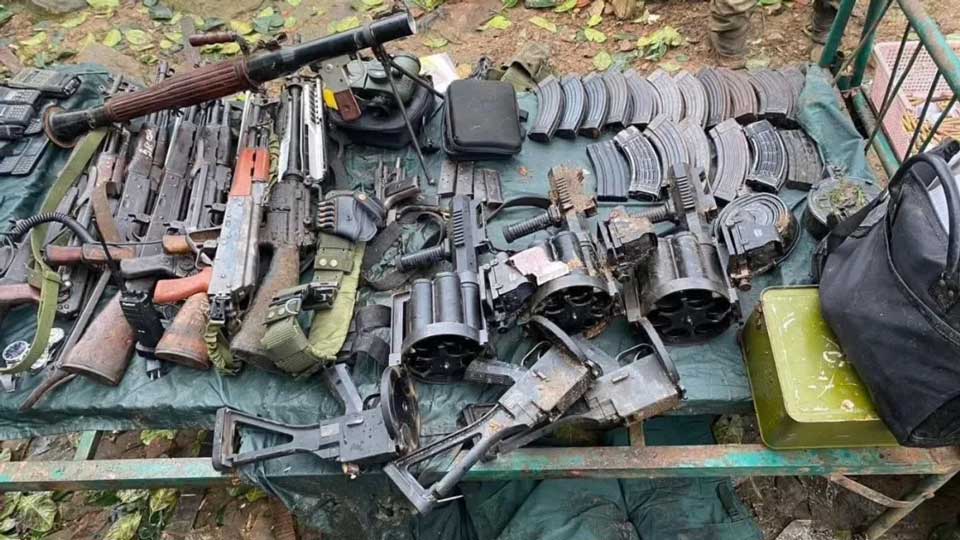
A military-focused WeChat public account recently published a detailed post analyzing the border skirmish between Thailand and Cambodia, which has since reportedly ended with a ceasefire agreement. But the post drew attention as it struck a nerve by asking: “Has the Thailand-Cambodia conflict turned into a civil war of China-made weapons?”
At first glance, that might seem true. On July 24, the Thai military reportedly captured a Cambodian outpost on Phu Mak Khuay Mountain, seizing a cache of weaponry that was almost entirely Chinese in origin: multiple models of Type 56 rifles, 69-1 rocket launchers, LG4 grenade launchers, Type 54 pistols, and even a battered M16.
But as the article reveals, that framing quickly breaks down. In reality, only Cambodia is still heavily reliant on outdated Chinese weaponry. Thailand, by contrast, was said to be using gear including the U.S.-made F-16 Fighting Falcons and Swedish-made JAS-39 Gripens, Israeli Negev machine guns, domestically produced suicide drones, and precision glide bombs, alongside a variety of tanks and armored vehicles.
Cambodia, on the other hand, has no functioning air force, and its ground response relied primarily on Chinese-made PHL-90 122mm rocket launchers and HQ-12 (KS-1C) surface-to-air missiles.
So rather than a symmetric “civil war” of Chinese weapons, the conflict revealed a deeper asymmetry: Cambodia is stuck in China’s past; Thailand is already living in the era of multi-sourced, tech-integrated warfare.
The post struck a chord with Chinese military enthusiasts, who flooded the comment section. Many mocked the Cambodian army’s outdated and ragtag appearance, with one viral comment reading: “My god, this is a regular army’s equipment? Looks like the Nationalist militia in the Chinese Civil War. Even our grassroots militia is better equipped.”
Some netizens began comparing Thailand not just to Cambodia, but to Vietnam, once considered Southeast Asia’s most battle-hardened military.
A particularly viral comment claimed that Vietnam’s military-industrial complex has grown corrupt, with profits from military-run businesses lining generals’ pockets while frontline troops remain underfunded. “If we hadn’t banned PLA military-owned businesses in time, we’d be in the same mess,” one user reflected.
Why Is This Important?
This episode is a window into how Chinese online military enthusiasts see their country’s soft power through hardware. While China has long been the arms supplier for countries like Cambodia, Laos, and Myanmar, it now sees those same weapons clashing on the battlefield. Meanwhile, Thailand, with one foot in the American orbit and one in China’s, is becoming a more militarily sophisticated power, quietly positioning itself behind Vietnam as a dominant force on the Indochina Peninsula. Cambodia, Laos, and Myanmar, meanwhile, remain symbolic of China’s older arms export footprint.

